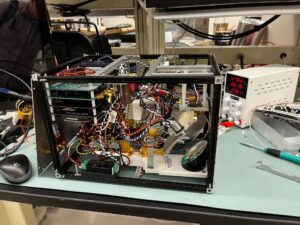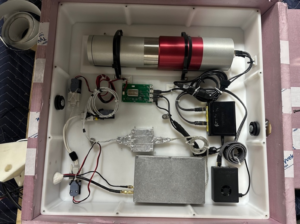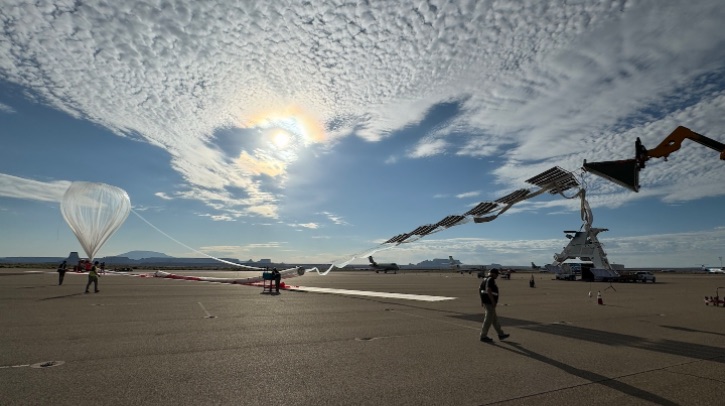Two payloads have successfully flown a four-week test aboard a World View high-altitude balloon with support from NASA’s Flight Opportunities program.
Compact 3D imaging sensor

Reaching altitudes up to 81,000ft (24,688m), the World View high-altitude balloon carried the CubeSounder weather forecasting technology developed by researchers at Arizona State University in Tempe. Data collected during the 28-day flight is helping to advance this technology. CubeSounder collected data to help validate its high-altitude performance. CubeSounder is a compact 3D imaging sensor that collects atmospheric temperature and humidity data as 3D images for weather forecasting in a smaller package than current atmospheric sounders.
Automated radiation measurements for aerospace safety

The flight also tested Space Environment Technologies’ automated radiation measurements for aerospace safety (ARMAS) dual monitor technology. For four weeks straight, ARMAS performed 24/7 radiation monitoring at aviation altitudes for the first time ever. Designed to enhance aviation safety by monitoring radiation exposure from cosmic rays, solar particles and Van Allen belt particles, ARMAS measured the full column of radiation at various altitudes within the same time and location using total ionizing dose and gamma-ray instruments. ARMAS also has support from NASA’s Small Business Innovation Research (SBIR) program.
In related news, NASA’s Coronal Diagnostic Experiment (CODEX) will launch to the International Space Station in November 2024 to collect data on solar wind, including its origin and evolution. Click here to read the full story.



